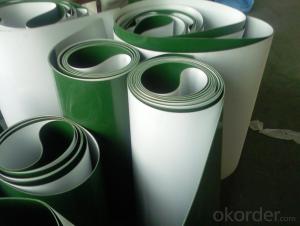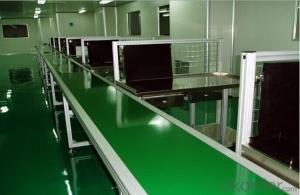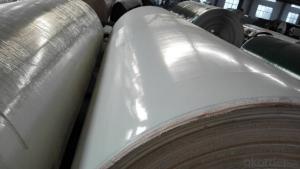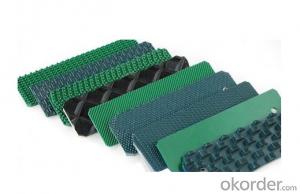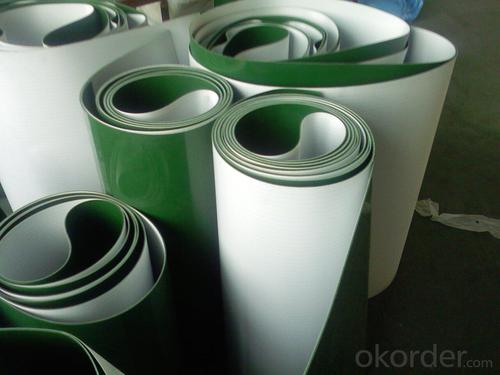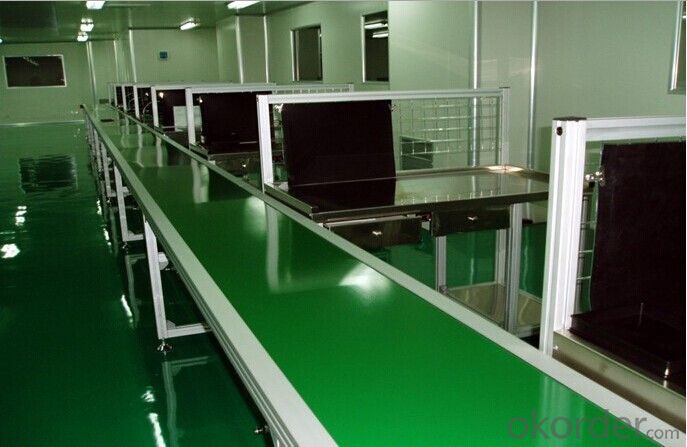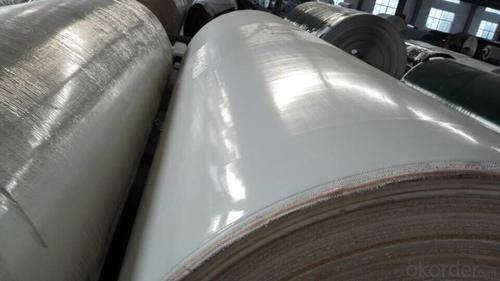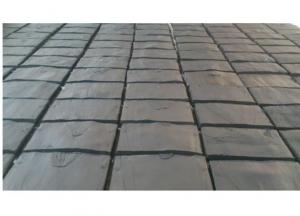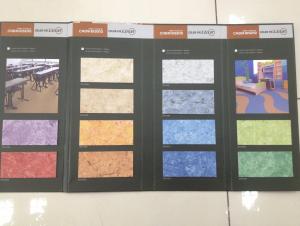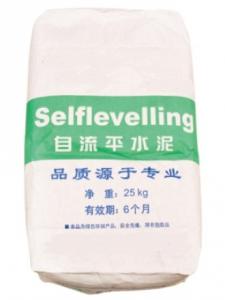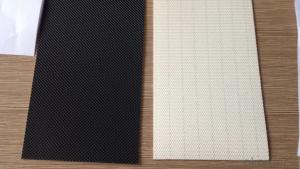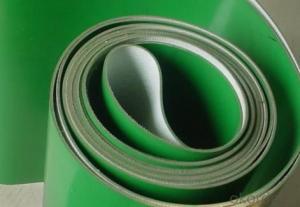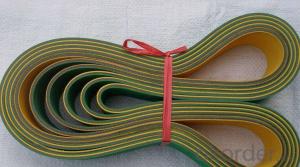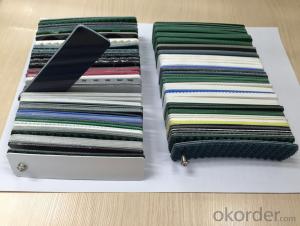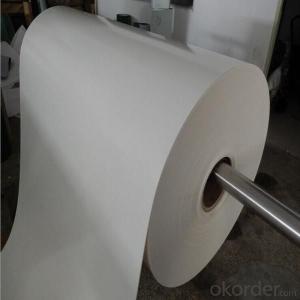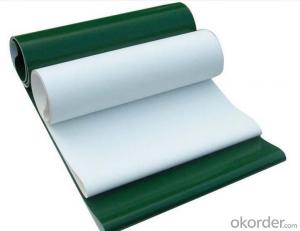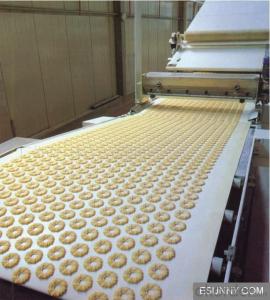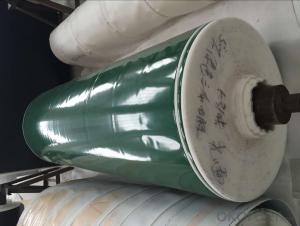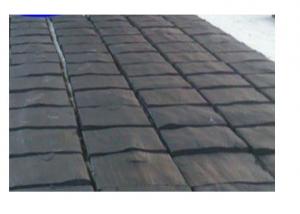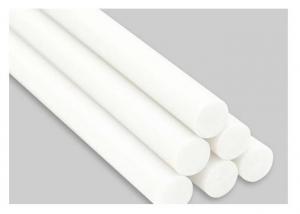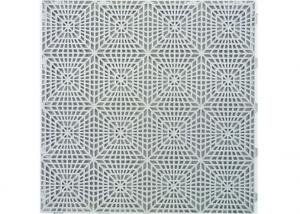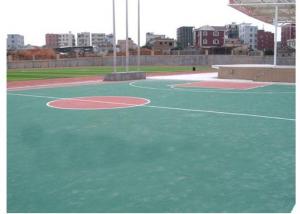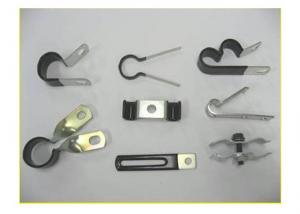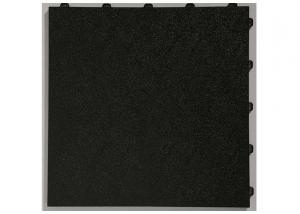Light Weight PVC PU Conveyor Belt China Factory
- Loading Port:
- China main port
- Payment Terms:
- TT OR LC
- Min Order Qty:
- 100 m
- Supply Capability:
- 100000 m/month
OKorder Service Pledge
OKorder Financial Service
You Might Also Like
Light Weight PVC PU Conveyor Belt China Factory
Description of PVC Conveyor Belt:
With advanced coating machine and other excellent facilities, we are professionally producing PVC&PU light conveyor belts, which are extremely suitable for light industry such as beer industry, paper making industry, food industry, textile industry etc.
With advanced technology and equipments, we could offer an extensive line of light weight conveyor belting, now our belts are widely used in airports, postal automation, parcel handling, treadmills, packaging and wrapping, confectionery industry, food processing industry, paper printing industry and so on..
Feature of PVC Conveyor Belt:
*Anti-static and non-conductive
*Food quality types to FDA standards
*Resistance to abrasion, oils, fats and chemicals
*Surfaces with low, medium or high coefficient of friction
*High transverse rigidity and dimensional stability
* Low noise
* Working temperature ranges from -10 to 80Deg.C
| code | Top cover | Bottom Cover | Thick | Characteristics | Fabrics | ||||
| Material | Colour | Surface | Material | Colour | Surface | mm | Plies | ||
| PVC conveyor belt | |||||||||
1/10 S/P W | PVC | White | Smooth | - | Natural | Fabric | 1.0 | Antistatic | 1 |
1/12 S/S BK | PVC | Black | Smooth | PVC | Black | Smooth | 1.2 | 1 | |
1/16 D/STF BK TM | PVC | Black | Diamond | - | Natural | Strong Fabric | 1.6 | Tread mill | 1 |
2/12 P/P W | Fabric | Natural | Fabric | Fabric | Natural | Fabric | 1.2 | Antistatic | 2 |
2/18 P/P W | Fabric | White | Fabric | - | Natural | Fabric | 1.8 | Antistatic | 2 |
2/20 D/P AG | PVC | Apple Green | Diamond | - | Natural | Fabric | 2.0 | Antistatic | 2 |
2/2O S/P AG | PVC | Apple Green | Smooth | - | Natural | Fabric | 2.0 | Antistatic | 2 |
2/20 S/P PG | PVC | Petrol Green | Smooth | - | Natural | Fabric | 2.0 | No-antistic | 2 |
2/20 M/P BK | PVC | Black | Matt | - | Natural | Fabric | 2.0 | Antistatic | 2 |
2/20 S/P W FDA | PVC | White | Smooth | - | Natural | Fabric | 2.0 | FDA | 2 |
2/20 S/P W | PVC | White | Smooth | - | Natural | Fabric | 2.0 | 2 | |
2/20 S/P BK | PVC | Black | Smooth | - | Natural | Fabric | 2.0 | 2 | |
2/25 S/P W FDA | PVC | White | Smooth | - | Natural | Fabric | 2.5 | FDA | 2 |
2/30 S/FF PG | PVC | Petrol Green | Smooth | - | Natural | Flexible Fabric | 3.0 | Cold-Resistant | 2 |
2/30 S/P W FDA | PVC | White | Smooth | - | Natural | Fabric | 3.0 | FDA | 2 |
2/30 S/P AG | PVC | Apple Green | Smooth | - | Natural | Fabric | 3.0 | Antistatic | 2 |
2/30 LR/SF AG | PVC | Apple Green | Longitudinal Lib | - | Natural | Silent Fabric | 3.0 | 2 | |
2/30 S/D W FDA | PVC | White | Smooth | PVC | White | Diamond | 3.0 | FDA | 2 |
2/30 S/D W | PVC | White | Smooth | PVC | White | Diamond | 3.0 | 2 | |
2/30 S/D AG | PVC | Apple Green | Smooth | PVC | Apple Green | Diamond | 3.0 | Antistatic | 2 |
2/38 S/P W | PVC | White | Smooth | - | Natural | Fabric | 3.8 | 2 | |
2/46 TS/P AG | PVC | Apple Green | Saw Tooth | - | Natural | Fabric | 4.6 | Antistatic | 2 |
2/50 RT/P AG | PVC | Apple Green | Rough Top1 | - | Natural | Fabric | 5.0 | No-antistic | 2 |
3/30 C/C W | Cotton | Natural | Cotton | Cotton | Natural | Cotton | 3.0 | 2ply cotton 1ply fabric | 3 |
3/40 S/P TAN | PVC | TAN Colour | Smooth | - | Natural | Fabric | 4.0 | No-antistic | 3 |
3/50 S/D AG | PVC | Apple Green | Smooth | PVC | Apple Green | Diamond | 5.0 | Antistatic | 3 |
3/40 S/P W FDA | PVC | White | Smooth | - | Natural | Fabric | 4.0 | FDA | 3 |
| PU conveyor belt | |||||||||
1/08 S/P W U FDA | PU | White | Smooth | - | Natural | Impreg-nated | 0.8 | Antistatic | 1 |
2/15 M/P W U FDA | PU | White | Matt | - | Natural | Impreg-nated | 1.5 | Antistatic | 2 |
2/14 M/P PG U FDA | PU | Petrol Green | Matt | - | Natural | Impreg-nated | 1.4 | Antistatic | 2 |
2/21 S/P W U FDA | PU | White | Smooth | - | Natural | Fabric | 2.1 | Antistatic | 2 |
2/21 S/P W U KE | PU | White | Smooth | - | Natural | Fabric | 2.1 | Knife Edge Application | 2 |
2/30 S/P
W U FDA | PU | White | Smooth | - | Natural | Fabric | 3.0 | Antistatic | 2 |
Pictures of PVC Conveyor Belt:
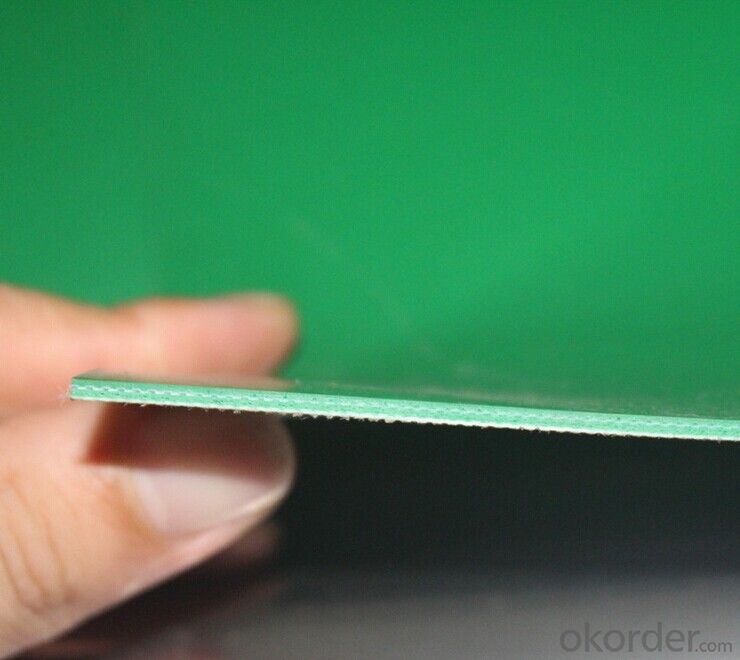
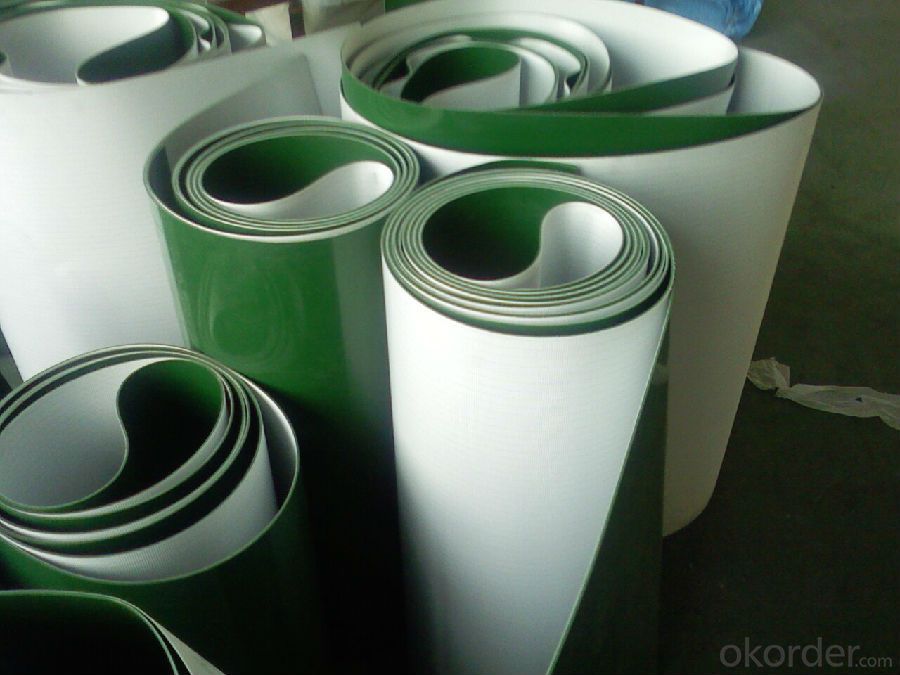
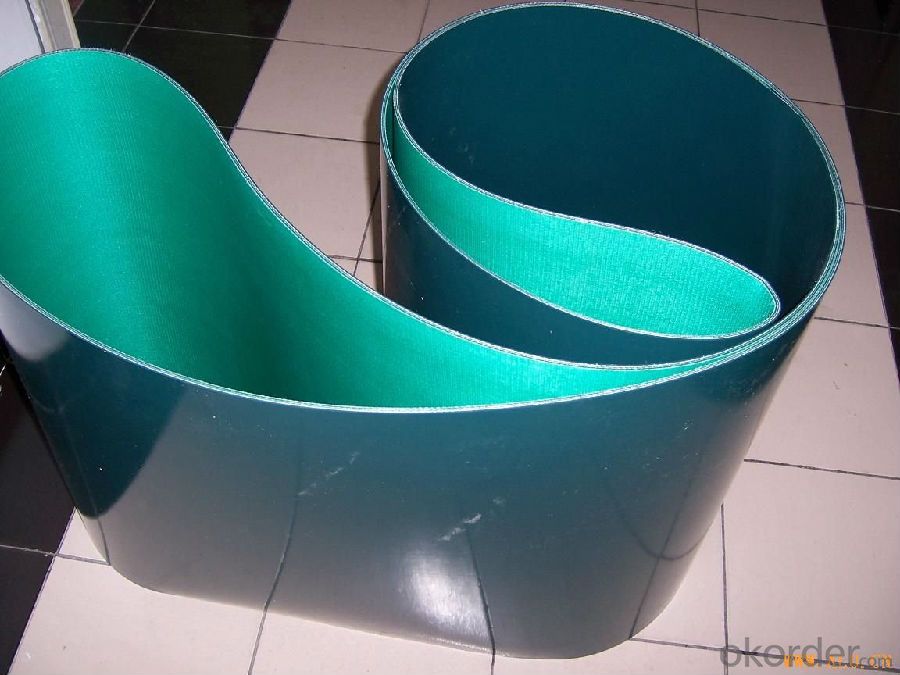
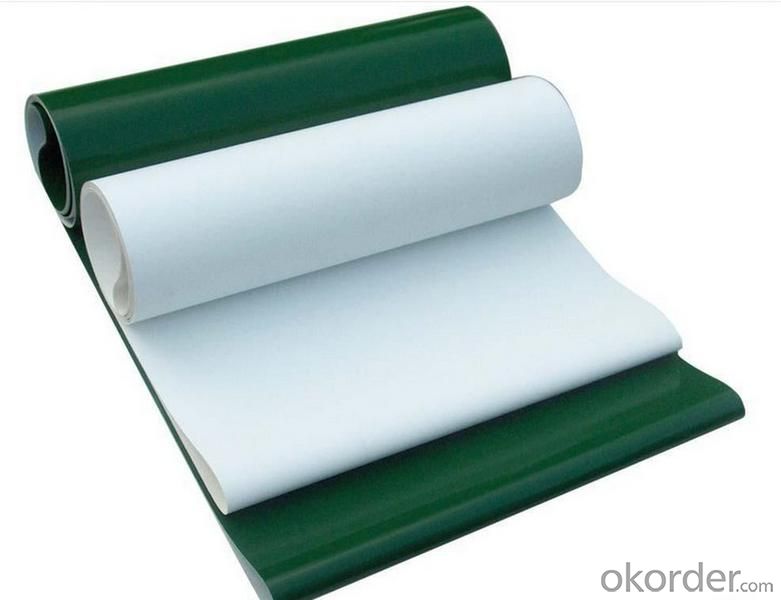
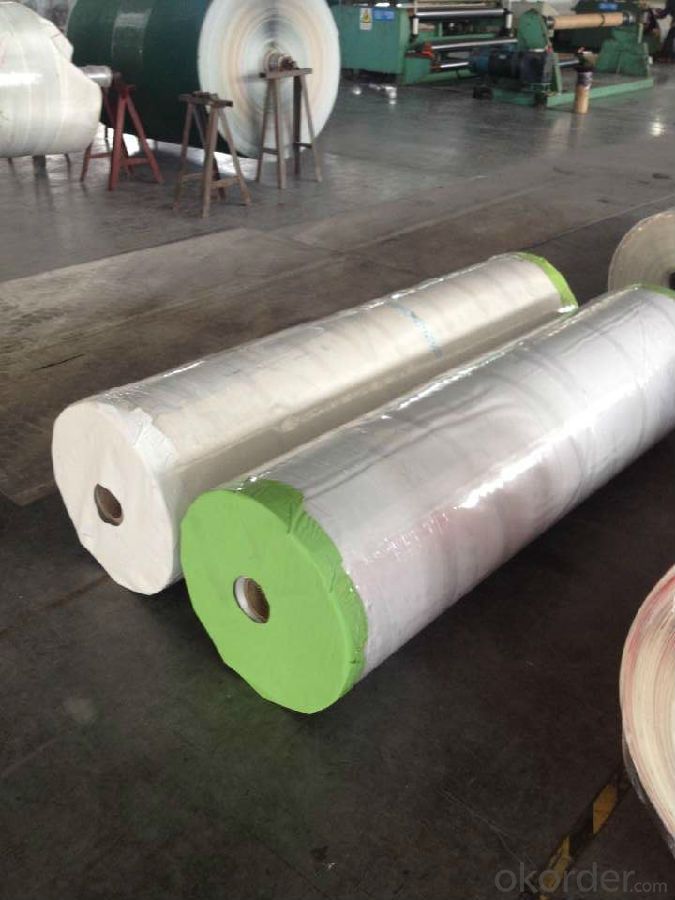
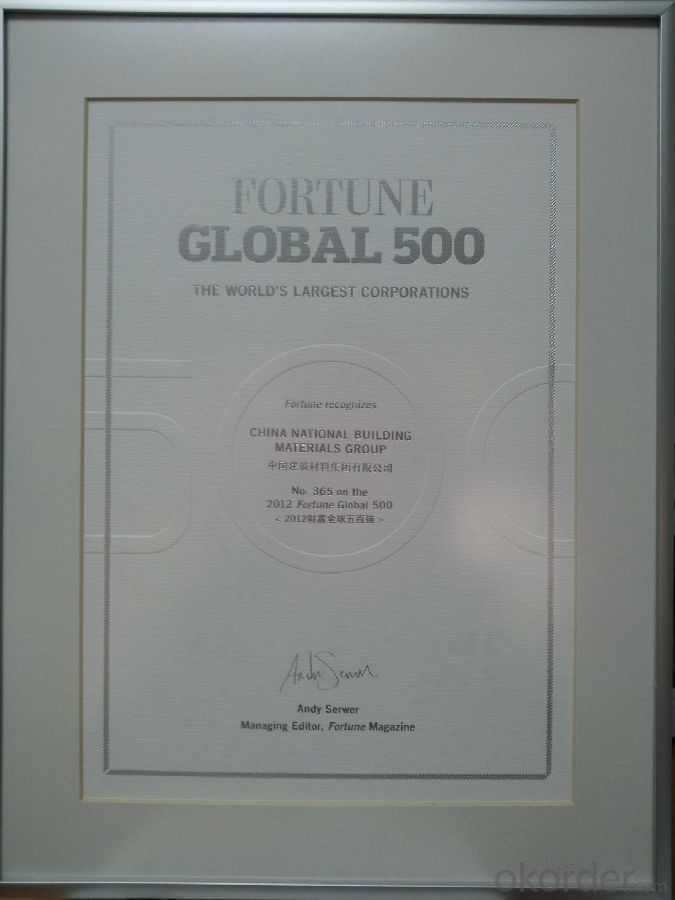
Pls contact me freely if any inquiry or questions,thank you!
- Q: What are the differences in the properties of neoprene models?
- Good physical and mechanical properties, oil resistance, heat resistance, fire resistance, sunlight resistance, ozone resistance, acid and alkali resistance, chemical reagents. The disadvantage is cold resistance and poor storage stability. With high tensile strength, elongation and reversible crystallinity, good adhesion. Aging resistance, heat resistance. Excellent oil resistance and chemical resistance. Weatherability and ozone resistance are second only to that of ethylene propylene rubber and butyl rubber. The heat resistance and the nitrile rubber, the decomposition temperature of 230~260 DEG C, short-term resistance at 80~100 DEG 120~150 DEG C, can be used for a long time, with a certain flame retardancy. Oil resistance second only to nbr. Good resistance to inorganic acids and alkalis. Cold resistance is slightly worse, electrical insulation is poor. Rubber poor storage stability, will have a "sulfur" phenomenon, Mooney viscosity increased, hard rubber. Foreign brands are: AD 1, 30 (USA), A-90 (Japan), 320 (Germany), and MA40S (France).
- Q: How can the frictional properties of rubber improve?
- The viscoelastic parameter tan delta has a direct influence on the friction force, while the decrease of the rubber cross degree makes the tan delta increase. Therefore, the friction coefficient increases, and the friction coefficient and wear increase as well. From a physical and chemical point of view, the weaker the cross-linking, the higher the rate of wear is due to a lower degree of cross-linking which is easily caused by mechanical stress. It is found that the crosslinking degree of ethylene propylene three - element rubber increases with the irradiation of electron beam, which reduces the friction.
- Q: How to maintain and store the rubber material?
- Rubber itself is a shelf-life, you can ask the supplier to warranty, above all, as fillers, such as calcium carbonate, carbon black, long time no problem, also have a shelf life of antioxidant promoter, especially individual species. When storing, pay attention to fire prevention, moisture-proof, away from the high temperature, avoid direct sunlight, of course, the general "first in first out" is a must follow the truth.
- Q: How do ordinary NBR and EPDM materials differ?
- Nitrile rubber (NBR) is composed of butadiene and acrylonitrile was prepared by emulsion polymerization, nitrile rubber by emulsion polymerization at low temperature, excellent oil resistance, high wear resistance, good heat resistance, strong adhesion. Its disadvantages are low temperature resistance, poor ozone resistance, poor insulation properties, and slightly lower elasticity. Nitrile rubber is mainly used in the manufacture of oil resistant rubber products.
- Q: The action of various ingredients in rubber formula
- Performance system: reinforcing agent, colorant, foaming agent, fragrance agent, hardening agent, plasticizer, flame retardant, antistatic agent
- Q: Rubber products are not allowed to touch oil products, but why can rubber gloves be contacted daily? What's the point?
- Contact every day is not every day inside the bubble, the contact time is short, the impact on rubber is very small.Raw rubber rubber products are: natural rubber, isoprene rubber, nitrile rubber, EPDM rubber, polybutadiene rubber, styrene butadiene rubber, polyurethane rubber, chloroprene rubber, silica gel etc.
- Q: What is the composition of the vulcanizing agent for silica gel?
- Any material that can undergo vulcanization or cross linking with rubber is collectively referred to as a vulcanizing agent, also known as a crosslinker.Many kinds of curing agents, and growing, curing agent has been used with sulfur, selenium, tellurium, sulfur compounds, metal oxides, peroxides, resin, quinone and amine etc..
- Q: What adhesive does rubber and wood have better glue?
- Glue is the intermediate between two kinds of materials. It is a kind of fine chemical, which is mainly made of sticky material, physical form, hardening method and classified material. There is a common instant glue (502 common ethyl cyanoacrylate adhesive is a powerful instant), epoxy resin adhesive, anaerobic glue, UV glue (UV curing), hot melt adhesive, pressure-sensitive adhesive, latex etc..
- Q: What are the causes of fracture in rubber products?
- Rubber products appear broken phenomenon, mainly for the following reasons:1, rubber products for a long time led to the phenomenon of fracture;2, too tired lead to rubber products broken;3, long-term exposure to ultraviolet light will cause rubber products broken;4, in the production of the use of chemical additives and materials conflict, resulting in incompatible and broken;5, the production process, the release of time is not appropriate, resulting in fracture (such as scratches);6, abrasive structure is irrational, lead to fracture;7, the use of materials is irrational, leading to fracture is also common;8, materials placed too long, in use, resulting in broken products, resulting in waste.
- Q: What is the rubber composition and function of the airplane tyres?
- Rubber is divided into natural rubber and synthetic rubber. Natural rubber is mainly derived from the Hevea tree. When the epidermis of this rubber tree is cut open, it will shed milky juice. It is called latex, and the latex will be natural rubber when it is condensed, washed, molded and dried. Synthetic rubber is made by synthetic methods, and different kinds of rubber can be synthesized with different raw materials (monomers). Between 1900 and 1910, chemist C.D. Harris (Harris) measured the structure of natural rubber as a polymer of isoprene, which opened the way for synthetic rubber. In 1910, Russian chemist SV Lebedev (Lebedev, 1874 - 1934) with sodium initiator 1, sodium 3 - butadiene rubber polymerization into small, then there are many new varieties of synthetic rubber, such as polybutadiene rubber, chloroprene rubber, styrene butadiene rubber and so on. The yield of synthetic rubber has greatly exceeded that of natural rubber, of which the largest yield is styrene butadiene rubber. General rubber glue refers to replace some or all use such as natural rubber, styrene butadiene rubber, butadiene rubber, isoprene rubber, mainly used in the manufacture of tyres and rubber products industry. General purpose rubber is in great demand and is the main variety of synthetic rubber. Styrene butadiene rubber styrene butadiene rubber [1] is made by copolymerization of butadiene and styrene. It is the largest synthetic rubber with milk, styrene butadiene rubber, styrene butadiene rubber and thermoplastic elastomer (SBS).
Send your message to us
Light Weight PVC PU Conveyor Belt China Factory
- Loading Port:
- China main port
- Payment Terms:
- TT OR LC
- Min Order Qty:
- 100 m
- Supply Capability:
- 100000 m/month
OKorder Service Pledge
OKorder Financial Service
Similar products
Hot products
Hot Searches
Related keywords
